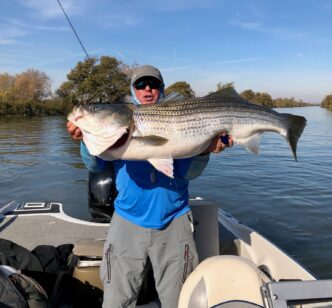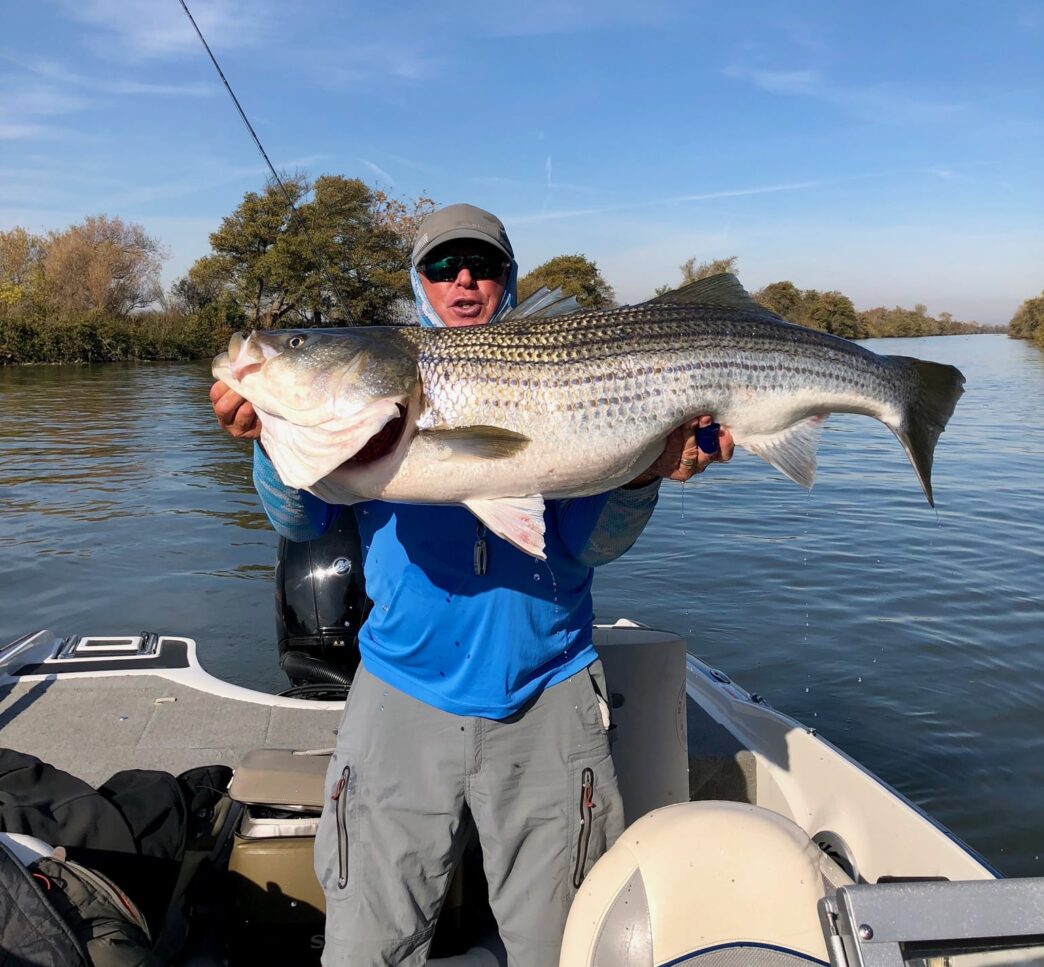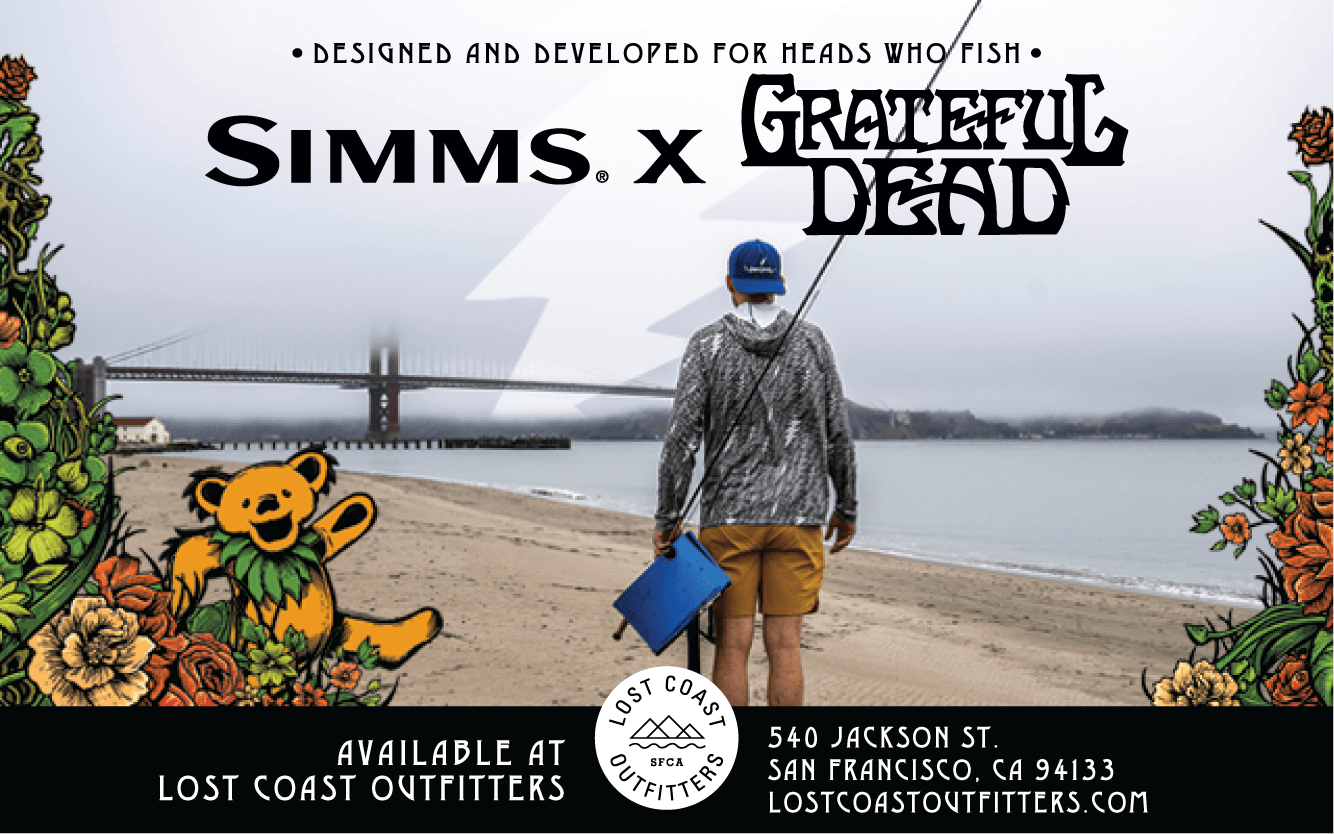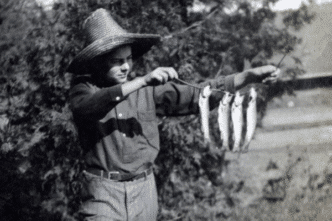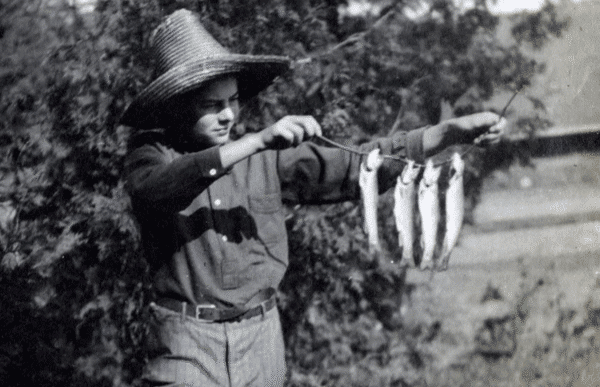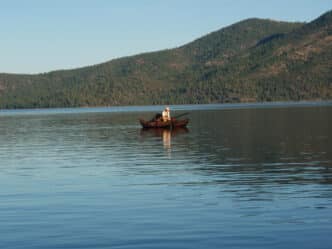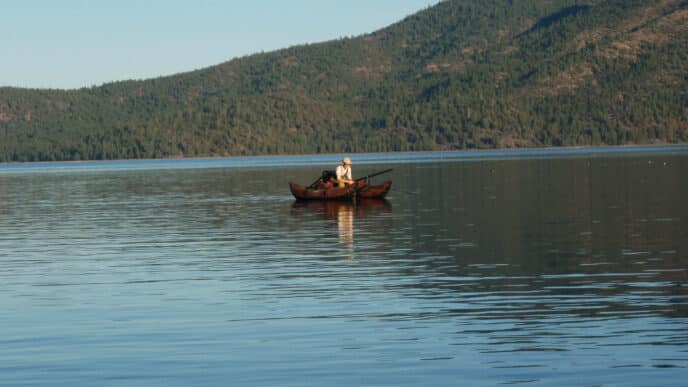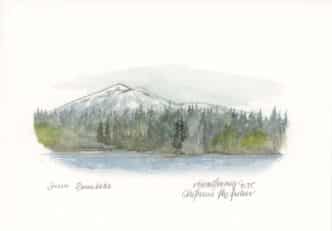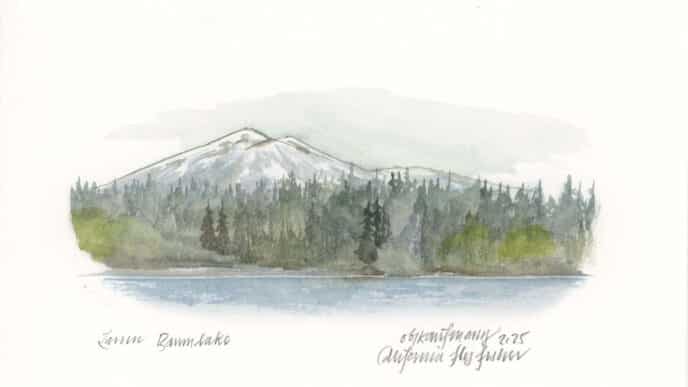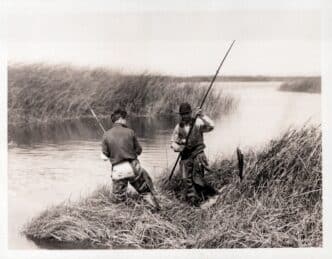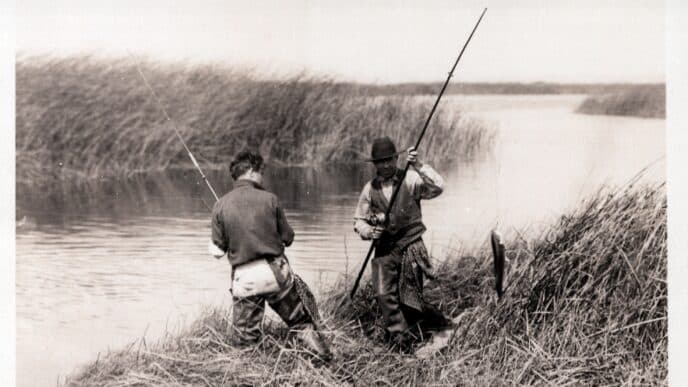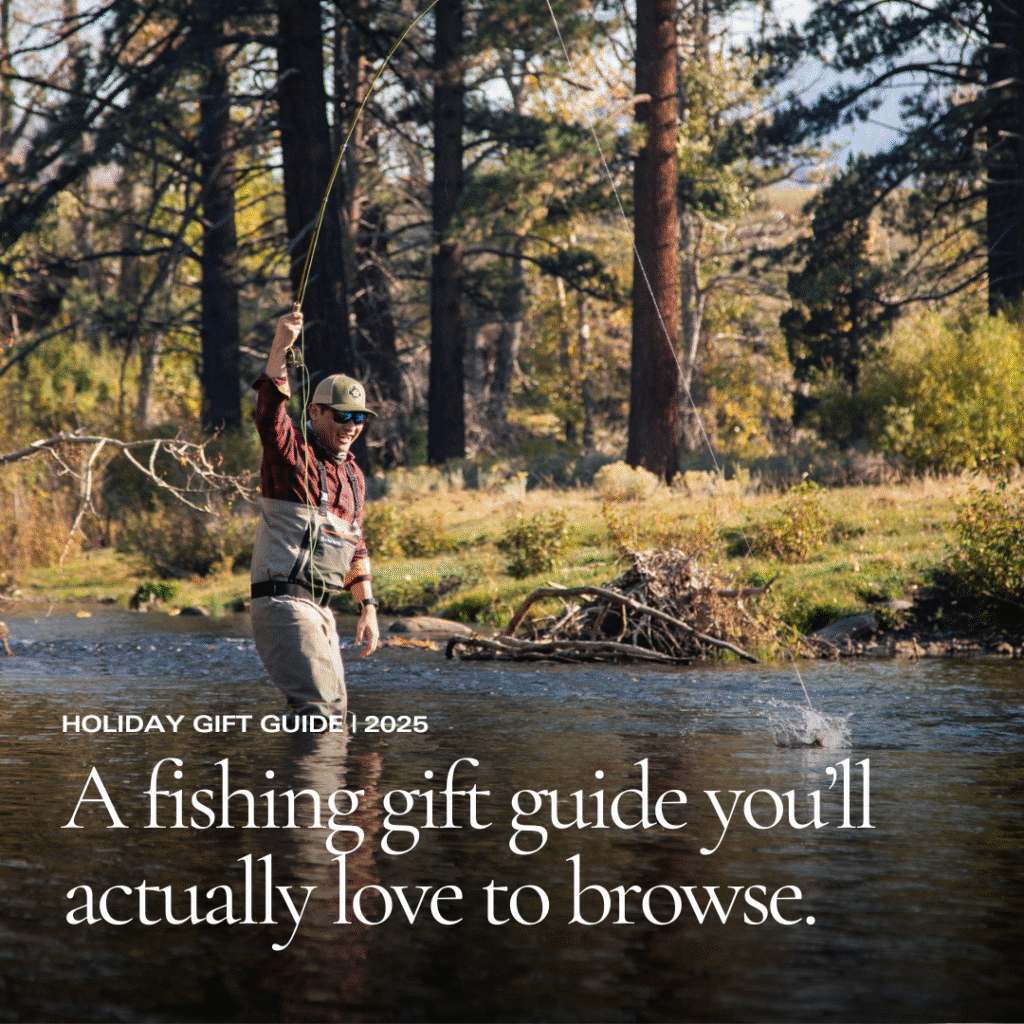Owner and Operator of Pacific Adventures
Years Guiding: 36
CAFF: How did you decide to become a guide?
MC: I became a guide back in the summer of 1990 when I moved from Southern California to Basalt, Colorado, and started guiding on the Frying Pan and Roaring Fork Rivers. My passion for fishing led me to this dream job. After over 7,000 days of guiding clients, I still can’t believe I get paid to do this. I am so grateful for every day I get to spend on the water and for the wonderful friendships I have made along the way.
CAFF: How do you balance guiding with family and personal life?
MC: That is a challenge that every guide faces, especially if they have a significant other or are married and have a family. I’ve always associated guiding and the ups and downs I face every day on the water with the experience of a professional athlete. No matter what people say, as a guide, you are still graded on your performance, and that often equates to your success at catching fish, which can be quite stressful at times. I always give 100 percent and balancing that commitment day after day, year after year, requires dedication, discipline, and perseverance. I work to separate the guiding part of my life and be there for the ones I love. I can profoundly say I am a lot better at that now in my late 50s than I was in my 20s.
CAFF: Are there specific conservation concerns in your area that you wish to draw attention to?
MC: The California Delta is always a hot topic when it comes to environmental concerns in our state. The health of this ecosystem directly impacts many fish species, especially migratory salmon and steelhead that use it as a nursery and highway to navigate rivers to the north and south. Water is always the main issue; when the state experiences above-average rainfall and snowpack, all fish benefit. I used to spend over 80 days a year floating the Lower Sacramento River chasing trout and steelhead, mostly during summer when the river often flowed between 14,000 and 16,000 cubic feet per second, delivering cold water to the Delta. In contrast, during the drought years, summer flows dropped to as low as 4,500 cubic feet per second, creating a much warmer environment for fish. During the summer of 2024, I observed water temperatures in the West Delta reach as high as 79 degrees, making it very difficult for migratory fish to survive. Adding to the water problems are ongoing herbicide treatments for weed control and a sea lion population that has recently quadrupled in the Delta. All these factors influence the overall health of this fishery.
CAFF: Is mojo a thing?
MC: Every angler has that special day, and some seem to experience it more often than others. I believe that when you approach your fishing day with a positive attitude and accept what the water gives you, you’ll be rewarded with great “mojo.” My motto: “Fish hard and good things will happen.” And always remember, we’re just guides, not God.
CAFF: What changes, for better or worse, have you noticed since you started guiding?
MC: Unfortunately, with social media and the internet, everyone is way too quick to share fishing information. I enjoy the hunt, discovering new spots, and the challenges the fish throw at us every day.
CAFF: What is your most memorable catch and why?
MC: All the giant trophy stripers my clients and I have caught are truly memorable, but grabbing hold of Garrett Kubota’s 47-pound beast of a striper and hoisting it from the water was something truly amazing. Catching it on a fly that my client broke off in a tree two days prior, retrieving it, and then attaching it to his leader, became “fishing folklore.”
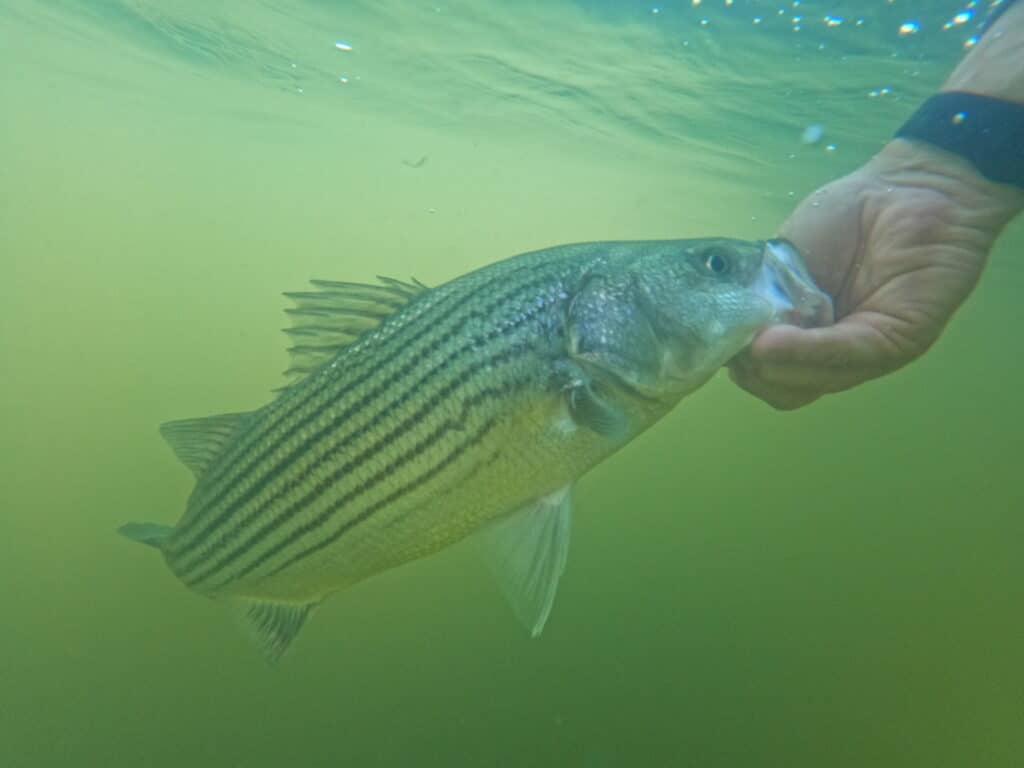
CAFF: Describe your ideal client.
MC: Someone who fishes hard and is addicted to this crazy, life-enriching sport!
CAFF: What’s the #1 thing you wish every client knew or would do?
MC: It’s important to learn how to play fish properly. Applying the correct pressure while fighting a fish will help you as an angler land more trophy fish.
CAFF: What is your favorite trick or tip to teach others?
MC: Stripers like to feed on dying or descending baitfish. Make sure you set on the slightest of “ticks” or grabs; it could be a giant linesider inhaling your fly.
CAFF: One piece of gear/equipment you can’t live without?
MC: Guiding on the Delta, the most important piece of equipment is my Minn Kota electric motor. I can guide without my fish finder, but my electric motor is critical for putting my clients onto fish.
CAFF: Favorite gear under $100?
MC: Is anything in fly fishing under $100? Actually, Steve Adachi’s custom, flashtail rattle Clouser flies, coming in at under $20, are worth more than gold to this captain on many days.
7 QUESTIONS WITH MIKE
Your favorite fly: See above!
Your go-to river snack: Panera’s “Everything but the Kitchen Sink Cookie,” which a few of my clients fortunately bring me on their monthly fishing excursion.
Favorite band/song for fishing: Hank Williams Jr., “Country Boy Can Survive.”
Favorite meal under $15: New York prime steak cooked at home on my grill!
Favorite après fishing beverage: Fall and Spring: red wine, Winter: 12-year-old Macallan, Summer: Cadillac Margarita.
Stupidest question a client has asked: When my clients and I are drifting a river and someone says, “So, how are we going to go back upriver and get our car?”
If you were a fish, what kind would you be? Unequivocally, a striped bass. They live upwards of 30 years, can spend time in both freshwater and
saltwater, and are a supercharged, “bad ass” predator.



